|
Join us in celebrating our July Athlete of the Month, Justin Eckilson!
Every day, he stands a little taller, confident in his knowledge that the challenges we tackle in the gym will prepare him to face the obstacles life throws his way. Wilcox has shown Justin that he is capable of far more than he often believes, and this realization has permeated his daily life. Despite the strides he has made, Justin is still diligently working towards new goals. In the gym, he's focused on perfecting his push-up—a seemingly simple exercise that continues to challenge him. Beyond the gym, managing stress remains a work in progress. Exercise provides a crucial outlet, yet finding ways to prevent stress from creeping into his daily life is an ongoing endeavor.
Committing to healthy living has also shifted Justin's perspective. He has learned that it doesn't have to be an all-or-nothing approach. Healthy living is a marathon, not a sprint, and starting small allows for the development of lasting habits. Focusing on one or two habits at a time has been key to his consistency and success. What motivates Justin is the continual improvement and the sense of accomplishment that comes with each small victory. The drive to pick up a heavier weight or push himself a little further keeps him going. Inspiration comes from various sources, but his grandparents stand out. Their dedication to family and their own well-being serves as a powerful example. Within the gym, the Wilcox community inspires Justin. The collective commitment, effort, and camaraderie are palpable, fueling his motivation week after week.
For those looking to commit to health and fitness, our best advice is to start small and focus on your form. It's not about the highest number of reps or the heaviest weights, but about performing each exercise with the best form possible. Building a solid foundation with good form will pay dividends as you progress in your fitness journey.
0 Comments
When Leslie joined Wilcox last May, her life was severely limited by Facet Arthritis, a condition that had robbed her of much of her strength and mobility.
Not only did she quickly progress to group training where she was able to push herself with confidence, she also noticed a positive outcome in her dance class where her kicks are now twice as high, she can hold in relevé, and she goes deeper in plié.
At 56, she is acutely aware of the ticking clock. This awareness motivates her to explore her passions and spend active time with friends and family.
“Bree and Allison at Wilcox have provided exactly that, even making me do planks, which I have come to appreciate”.
In the world of health and fitness, we often find ourselves seeking inspiration in the stories of those who have overcome obstacles, set goals, and achieved remarkable transformations. This month, we're honored to shine the spotlight on Leslie, an example within our community of how commitment and consistency can lead to incredible things.
But Leslie's journey wasn't just about conquering physical challenges; it was also about reclaiming a sense of confidence and security in her everyday life. No longer held back by fears of injury or limitations, she moves with newfound grace and assurance, whether it's navigating through daily activities or overcoming unexpected hurdles like a snow covered groundhog hole. Despite her remarkable progress, Leslie remains committed to growth, constantly striving to improve and refine her lifestyle. She acknowledges the ongoing challenge of maintaining healthy eating habits amidst the whirlwind of daily life, especially with the demands of after-school activities and varied schedules. Yet, her dedication to meal prep and the determination to incorporate healthier choices into her family's dinners reflect her commitment to long-term well-being.
Here, amidst encouraging words and personal greetings, she discovered not only a place to pursue her fitness goals but also a community that uplifts and inspires her every step of the way. Through her journey, Leslie has learned valuable lessons about the importance of balance, patience, and self-acceptance. She's discovered that sustainable change isn't about quick fixes or drastic measures but rather about cultivating habits that nourish both body and soul. And in her role models – her resilient mother and her dedicated son – she finds the inspiration to persevere, to keep pushing forward even when the path seems daunting.
Our April Athlete of the Month is Mandy Lewis, and we are thrilled to recognize everything about Mandy that has led to incredible success in her training program with us. Mandy has been training with us for just over a year, and we are continually impressed by her commitment to her training program, her focus in every session, and the impact it has on her daily life.
As Mandy looks to her goals for 2024, she has signed up for her first marathon in 7 years and is already noticing the benefits of her training program as she begins her training. When I asked about her upcoming marathon, she shared, “My half marathon training has been going so much better than it has before, even though I was 7 years younger the last time I ran one.”
|
| From the moment Sara joined us as one of our inaugural clients, her dedication and commitment were evident. Over a total of 3 ½ years of training with the WILCOX community, she has consistently impressed us with her unwavering determination to achieve her fitness goals. Even after a brief hiatus in September 2022, Sara returned to the gym with renewed enthusiasm, seamlessly picking up where she left off. |
Initially, Sara's primary goal was to improve her overall fitness to manage recurring lower spine issues. We're thrilled to report that she no longer struggles with lower back pain and approaches each training session with confidence. Sara’s journey to improved strength and endurance is enhanced by her commitment to tackling exercises that continue to be a challenge such as push ups, pistol squats, and jumping higher in box jumps, while also relishing in her enjoyment of doing ball slams.
| When Sara first began her training, she faced each session with apprehension, fearing it might be too demanding. Today, she eagerly anticipates each challenge, pushing herself beyond her perceived limits and fostering mental toughness that extends into all aspects of her life. Sara understands the importance of balance in her training routine. She prioritizes consistency while also allowing herself grace when work or family obligations arise. |
Inspired by her father, Bob Gowen, Sara embodies perseverance in the face of life's challenges, ensuring she shows up not only for herself but for her loved ones as well.
We are immensely proud of Sara's physical and mental achievements. Her commitment to improvement, arriving early to do her pre-training, and persistent focus make her a shining example of dedication within our community.
| Since joining our training program back in February 2019 as one of our original community members, Jen has exemplified unwavering dedication and a positive attitude that truly sets her apart. Even amidst the challenges brought on by COVID, Jen remained steadfast in her commitment to her health and fitness journey, seamlessly transitioning to LIVEStream Training without skipping a beat. Her consistency and unwavering spirit serve as a beacon of inspiration for anyone embarking on a similar path. |
| Despite grappling with knee issues over the years, Jen refuses to let anything hold her back. She listens attentively to her body, gracefully modifying exercises when necessary, all while maintaining an impressive level of intensity. For Jen, modifications are not a sign of weakness but rather a strategic approach to safeguarding her knee health while continuing to push her limits both inside and outside the gym. |
| In Jen's own words, "Wilcox was a game changer for me and has helped me to improve my quality of life." Her journey is a testament to the transformative power of community support and camaraderie. At Wilcox Wellness & Fitness, Jen finds not only a place to sweat but also a nurturing environment where she feels valued and supported. Jen's enthusiasm for our community is palpable, as she eagerly invites friends to join her in the gym, dispelling any notions of judgment or intimidation. |
| We are immensely grateful for Jen's presence in our community and incredibly proud of her remarkable accomplishments over the past five years. Her unwavering commitment and consistency serve as a shining example for us all. Here's to Jen Donovan—may her journey continue to inspire and uplift others on their own paths to wellness. |
| Kathy commenced her training journey with us in September 2022, with her primary goal being to establish a consistent exercise routine, gain increased strength and energy, and reconnect with muscles affected by pregnancy. Reflecting on her progress, it's a daily affirmation of growing physical strength and resilience. Belonging to an active family, Kathy aspires to actively participate in every aspect of their lives. Staying strong and maintaining mobility without limitations is crucial for her, especially given her recent role at the Maine Council on Aging. This new job has fortified her determination to age gracefully, fostering a positive attitude about age and preserving the ability to hike mountains, run, and canoe well into her older adult years. |
In Kathy’s own words,
"I also recently started a new job at the Maine Council on Aging, and I've spent the last several weeks learning about having an Age Positive attitude. For me, this includes embracing my exercise routine as a way to honor and support my body as I age with the goal of extending my health and energy for as long as possible."
| On a more immediate level, Kathy recognized the importance of regaining her core strength and stability, weakened by two pregnancies. Initially feeling daunted by this goal, she later discovered that she possesses more strength and confidence than she thought possible. Conquering a proper pushup, an exercise that once felt impossible, is now a testament to her hard work. Free of shoulder pain that once plagued her, she embraces the challenge with proper form and technique. Kathy has also built confidence using the sledgehammer in the gym, leading to learning how to chop wood with her family while wielding her very own ax. |
As a busy mom, Kathy initially had concerns about fitting regular gym sessions into her jam-packed day of family commitments and responsibilities. However, she quickly realized that her time in the gym positively shaped the rest of her day. Starting her day at the gym provided the right dose of morning energy, community connection, and camaraderie that allowed her to perform at her best while having a ton of fun. Kathy not only enjoys her time in the gym but acknowledges that it shapes the rest of her day, giving her the best energy, focus, and mood.
| Making a commitment to getting to the gym isn't easy, but a recurring theme we hear from people every day is that going to the gym always makes their day better. We work hard to provide a schedule that accommodates even the busiest of schedules. Coupled with our amazing community, we create an incredibly supportive and encouraging vibe, making it easy to make health and fitness a regular part of one's lifestyle. Kathy encapsulates this sentiment: "I can honestly say that no matter what kind of day I'm having, no matter how tired I am when I get there, I always feel better—both mentally and physically—after a workout." |
If you're searching for your new gym community, ready to set new goals for the year ahead and commit to a training program that can impact your life in meaningful ways, we are here for you!
Explore our 2-week trial program at
www.wilcoxwellnessfitness.com/trial
to see how our training programs can fit into your schedule and benefit your life in ways that matter most to you.
| Elizabeth’s journey began with a fear of the unknown and a reluctance to step out of her comfort zone. The idea of jumping, once paralyzing, symbolized broader fears—fear of failure, fear of looking foolish, fear of taking risks. However, with each hurdle, Elizabeth learned that true growth lies just beyond those fears. The physical changes were undeniable—a 27-pound weight loss, increased energy levels, and a significant improvement in cholesterol levels. However, the true transformation transcended numbers. Elizabeth not only discovered a newfound strength, but also an ability to connect with her body, and an understanding of the intricate relationship between muscles and movement. |
Learning to hold a plank wasn't merely a physical achievement; it was a testament to the mental fortitude gained. Each exercise, from ball slams to skater hops, became a celebration of evolving strength and capability.
| One of the most profound shifts occurred within Elizabeth as she shed the fear of looking foolish and embraced the notion that taking risks was an integral part of the journey. The once-dreaded ropes became a symbol of conquering least favorite exercises, proving that every challenge met head-on brings one closer to their goals. In the midst of this transformative journey, Elizabeth gave the Morning Mojo, a recipe found in our healthful living guidebook a try. This simple routine that not only jump started her day but also cured her GERD. |
This unexpected discovery highlighted the powerful impact of small habits on overall well-being, reinforcing the idea that committing to health is a holistic and multifaceted endeavor.
| Looking toward the next six months, Elizabeth recognizes that the road to maintenance poses its own set of challenges. However, the habits cultivated and the community at WILCOX instill confidence that she is equipped to navigate this phase of the journey. Coaches Bree and Trevor have been more than personal trainers to Elizabeth —they've been motivators, supporters, and a source of genuine celebration. Their diverse coaching styles, humor, and belief in Elizabeth’s potential have transformed a gym into a sanctuary of encouragement. |
Committing to health and fitness was once an admirable choice; now, it is an absolute necessity. This shift in perspective came not just from the physical changes but from a deeper understanding of the vital role self-care plays in the journey of a caregiver.
| To those contemplating their own health and fitness journey, Elizabeth’s advice is simple: start where you are. Understand that 70% of success is tied to what you eat, and don't underestimate the power of hydration. Small, consistent efforts lead to massive impact. Elizabeth’s journey with WILCOX has been nothing short of life-altering. From conquering fears to embracing self-care, the experience has not only reshaped her body but has also redefined her approach to life. |
We are so proud of all that Elizabeth has achieved and
can’t wait to see what lies ahead for her.
| She joined our community through our Trial Program, alongside a few of her gym buddies, after their local gym had closed its doors. It's not uncommon for change to feel a bit daunting, and Jean had her reservations about approaching exercise in a new way, pushing herself out of her comfort zone. However, Jean's determination to adapt to her new gym environment was unwavering, and having the unwavering support of her gym tribe certainly made all the difference. In just six short months, Jean's commitment to our community went above and beyond. When we called for volunteers to assist with our hiring process, she generously stepped forward. |
During this process, trainer candidates coached a group of our clients, giving us insight into their coaching abilities. Jean's invaluable participation played a pivotal role in the selection of our new team member, Trevor!
| Throughout the past year, Jean has remained dedicated to attending three training sessions every week. She's shown up, even on the most challenging days, emphasizing the importance of consistency and persistence in her pursuit of long-term fitness and wellness. What motivates Jean is the tangible improvement in her functional fitness, particularly the development of leg and core strength, along with improved blood pressure and lab results. Her desire to lead an active and fulfilling lifestyle as she ages is a testament to her unwavering determination. |
In every training session, Jean brings with her a positive attitude, fostering a sense of belonging and self-assurance within our community. She cherishes the connections she's made and the friendships she's forged with everyone in her sessions.
| Jean's family has played a crucial role in supporting her fitness journey. Her husband, in particular, has been a pillar of support, even braving the winter roads to drive her to training sessions. Her personal physician has also provided guidance, fostering confidence in her abilities. We are immensely proud of all that Jean has achieved, and we eagerly anticipate her future accomplishments. |
While Jean may not have seen herself as an athlete in her younger years, there's no doubt in the minds of our trainer team that she's become a true athlete in her own life.
| We are delighted that Laura found her way to our gym, and her journey has been nothing short of inspiring. Every session she participates in is a testament to her unwavering commitment, and the results are undeniably evident. This past summer, Laura took on the Tough Mountain Challenge as part of "Team Wilcox," conquering obstacles with incredible confidence. During the race, she shared how her training program had profoundly impacted her life. |
Laura could now sit on the floor, pain-free, to play with her daughter, endure long hours at her desk in her demanding career as a real estate agent, and relished the increasing challenges of her training sessions as she gained a deeper understanding of her body's capabilities.
As a devoted mother with a busy schedule, Laura draws inspiration from the incredible women who manage to prioritize fitness amidst their daily responsibilities. Even on the most chaotic days, she looks to these women for motivation.
| She also finds inspiration within the training sessions themselves, recognizing the dedication our trainers invest to ensure each session is nothing short of exceptional. Like many working moms, Laura's life is a constant juggle. Balancing a career, personal life, parenting, and her other passions can make finding time for the gym a true challenge. Yet, Laura understands the importance of balance and lives by the 80/20 rule. On those exceptionally busy weeks, she grants herself a little grace, knowing that she can still focus on 80% of what's most important. When things ease up, she can pick up where she left off. |
After nearly two years in our training program, Laura exudes strength and vitality. She has not only rekindled her inner gymnast but also rediscovered herself. The ability to pursue anything in life without limitations is what we stand for at Wilcox Wellness & Fitness. Witnessing Laura's unwavering dedication and how it enhances her life fills us with joy and excitement. Her success is a testament to the exceptional training experience we strive to provide to all our clients.
Author
Hi! My name is Allison Hopkins and I am the owner of Wilcox Wellness & Fitness in Brunswick, ME. I am excited to bring WILCOX to Brunswick and share in my passion for living a great life through health and fitness.
Archives
July 2024
June 2024
May 2024
April 2024
March 2024
February 2024
January 2024
December 2023
November 2023
October 2023
September 2023
August 2023
July 2023
June 2023
May 2023
April 2023
March 2023
February 2023
January 2023
December 2022
November 2022
October 2022
September 2022
August 2022
July 2022
June 2022
May 2022
April 2022
March 2022
February 2022
January 2022
December 2021
November 2021
October 2021
September 2021
August 2021
July 2021
June 2021
May 2021
April 2021
March 2021
February 2021
January 2021
November 2020
August 2020
July 2020
June 2020
May 2020
April 2020
March 2020
February 2020
January 2020
December 2019
November 2019
July 2019
June 2019
May 2019
April 2019
February 2019
January 2019
December 2018
November 2018
October 2018
Categories
All
Celebrating Our Clients
Community Events
#countdowntolaunch
COVID-19
Healthy For The Holidays
Healthy Living
KickStart
Move Of The Week
Nutrition
Pre Warm Up
Surviving COVID 19
Surviving COVID-19
Why I Train








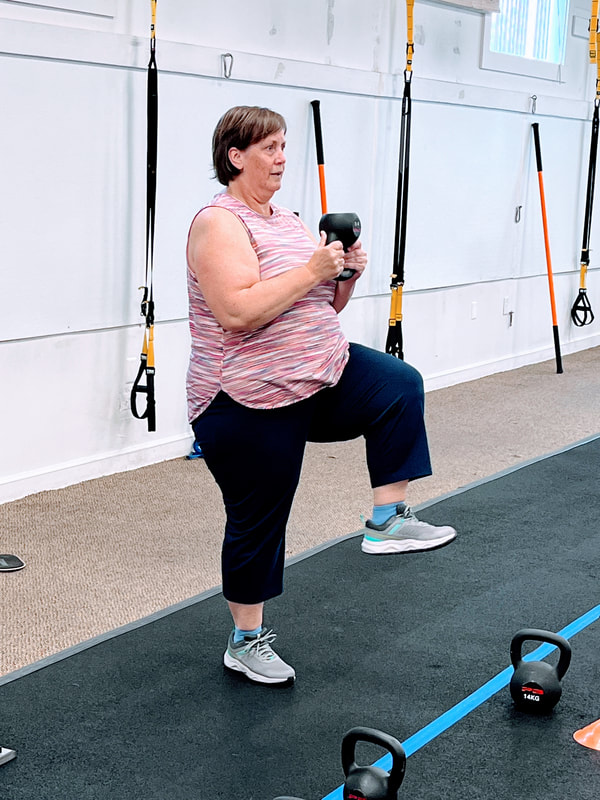
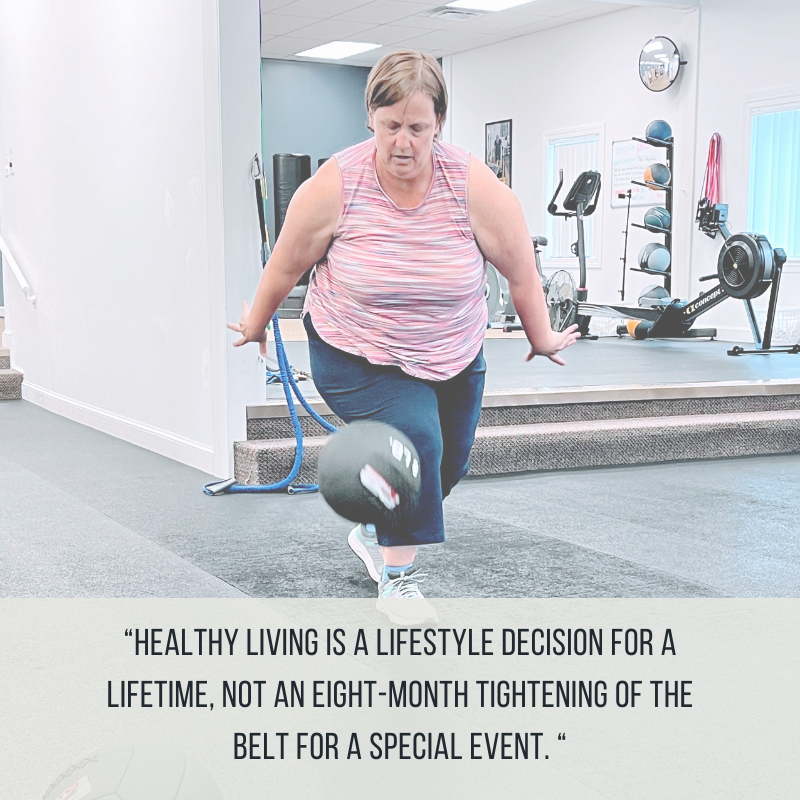
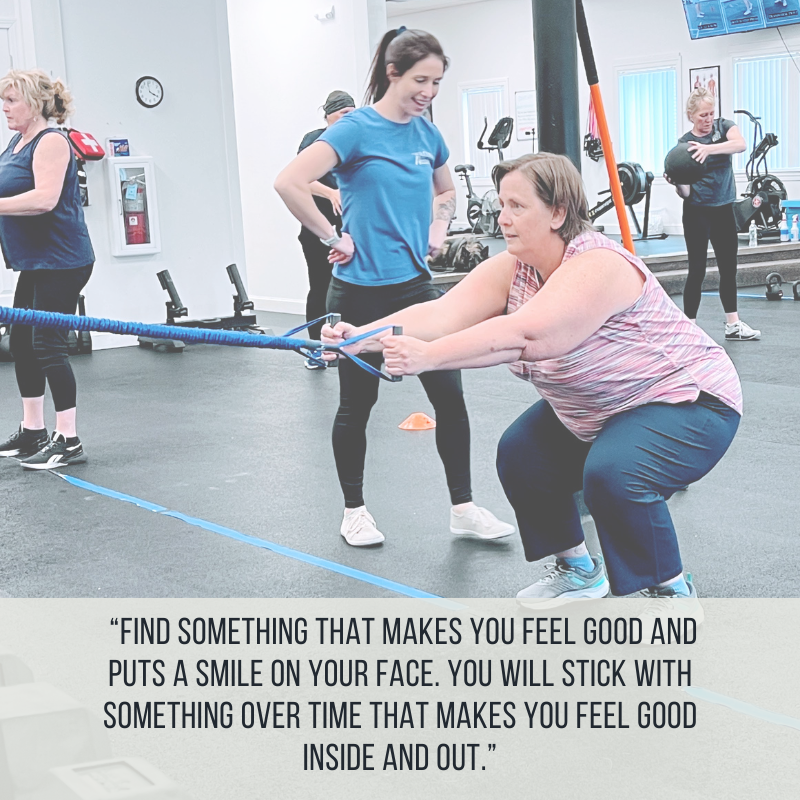
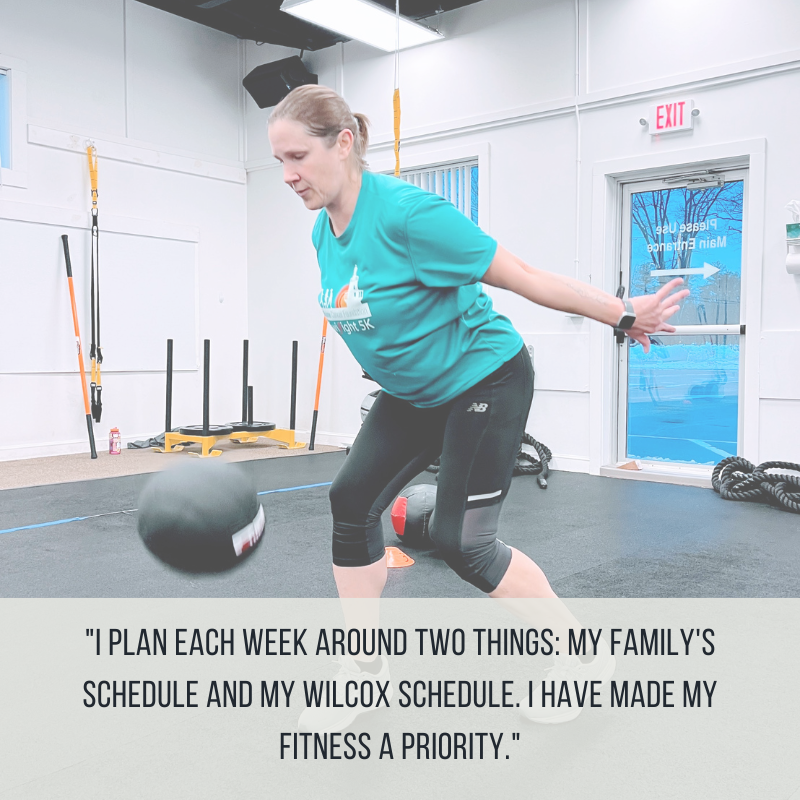
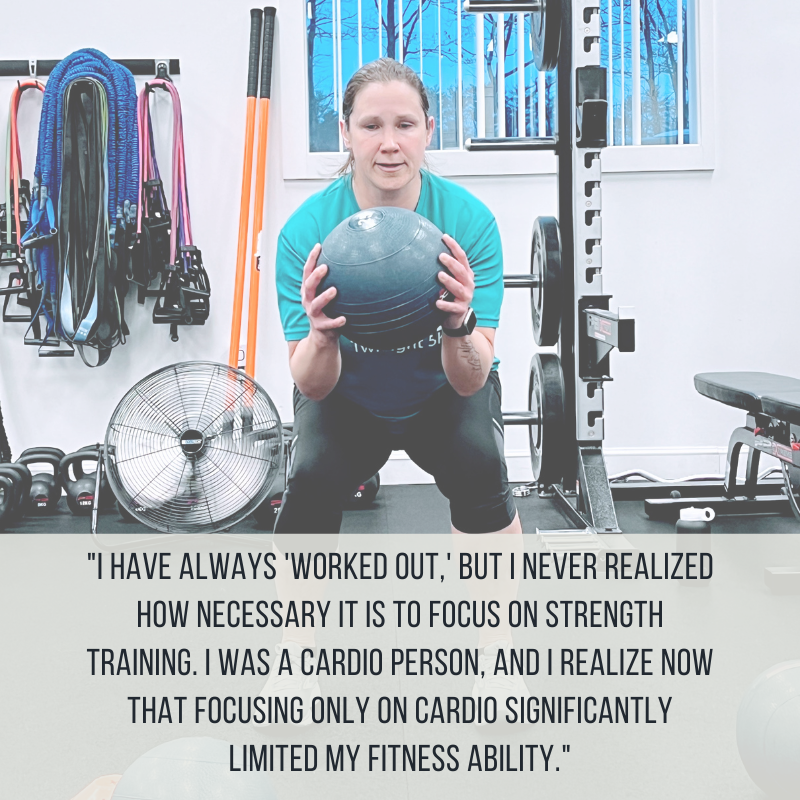
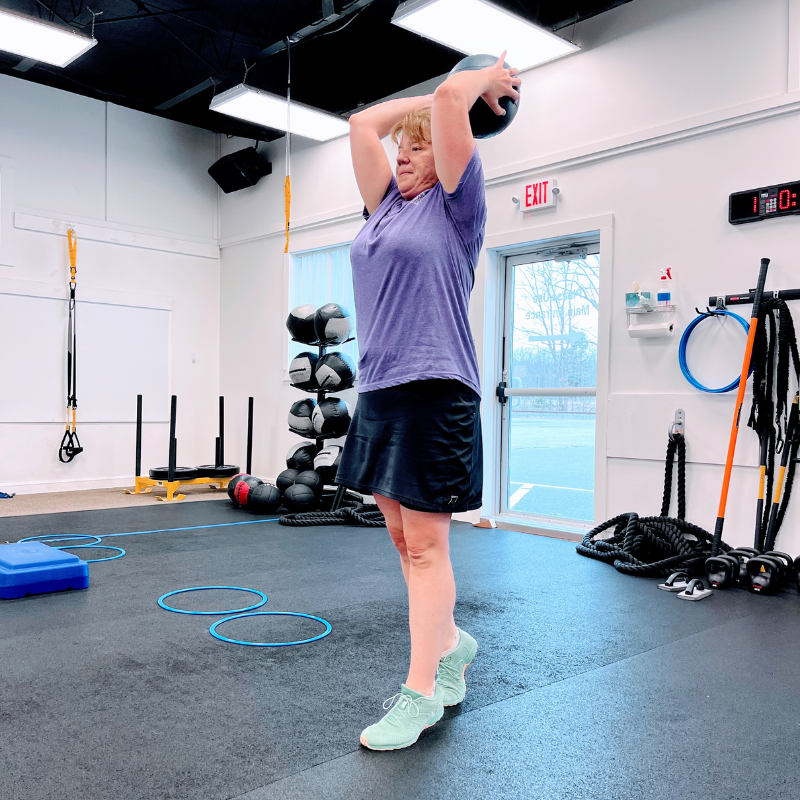
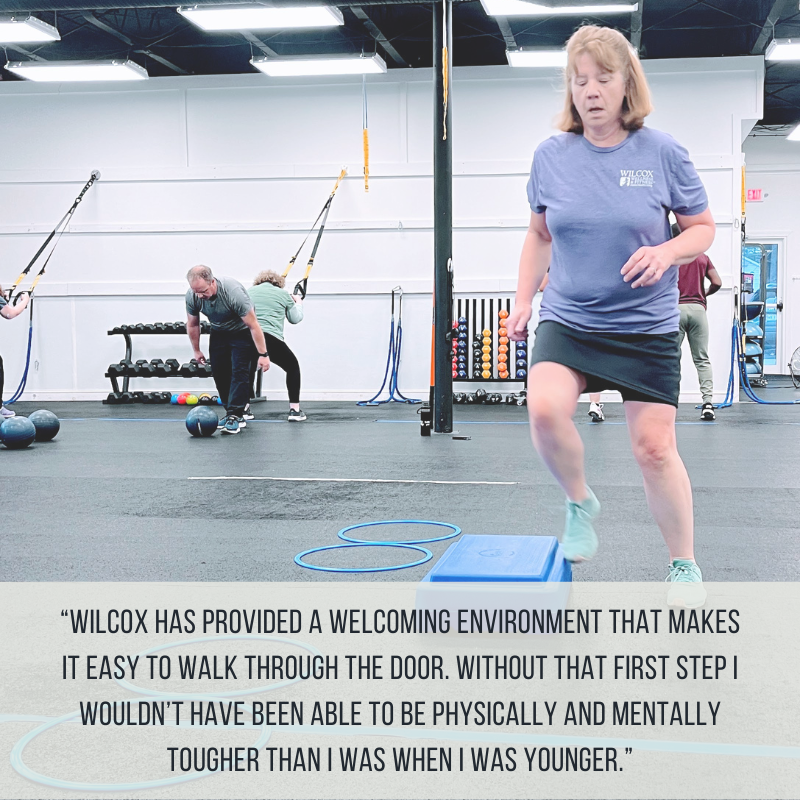
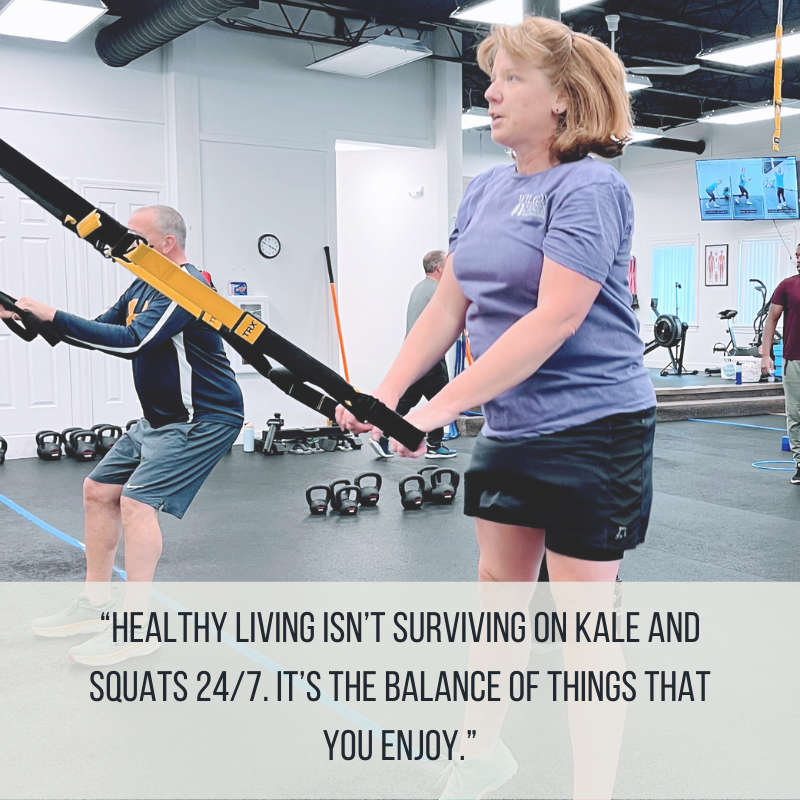
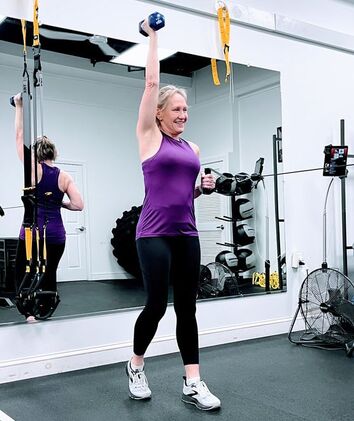
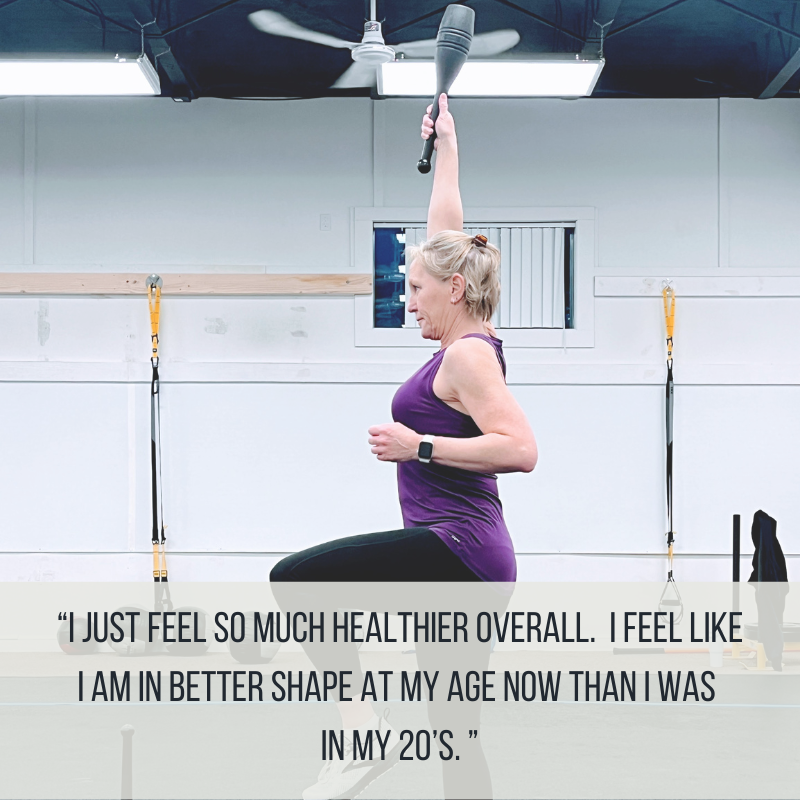
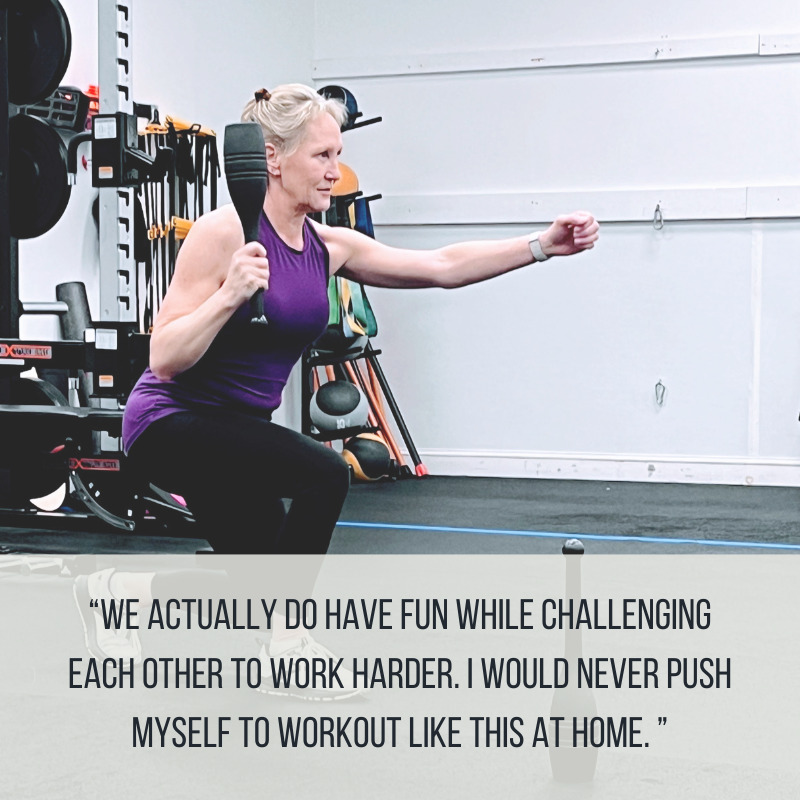
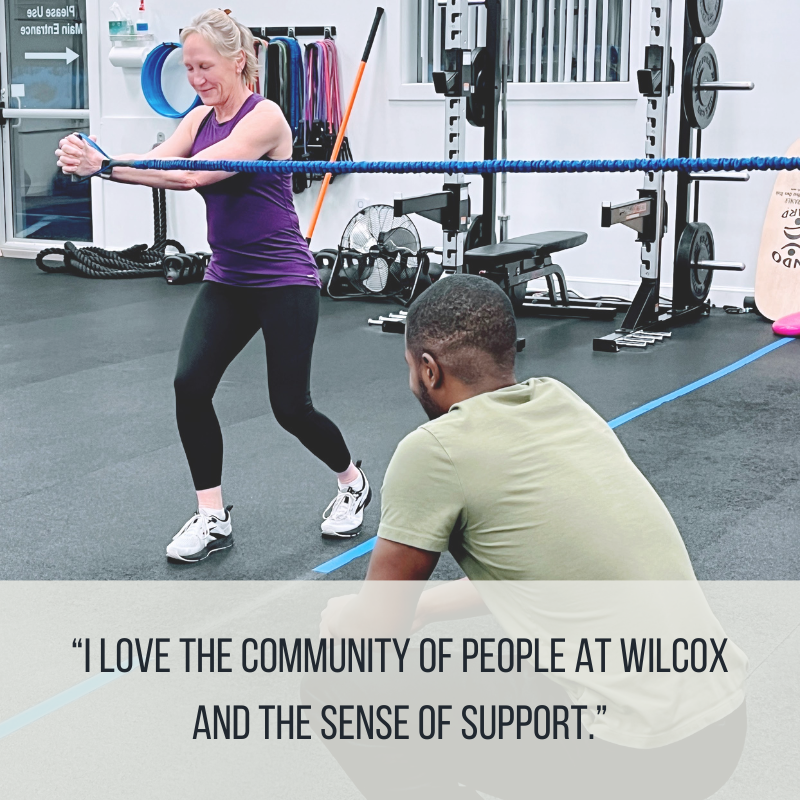
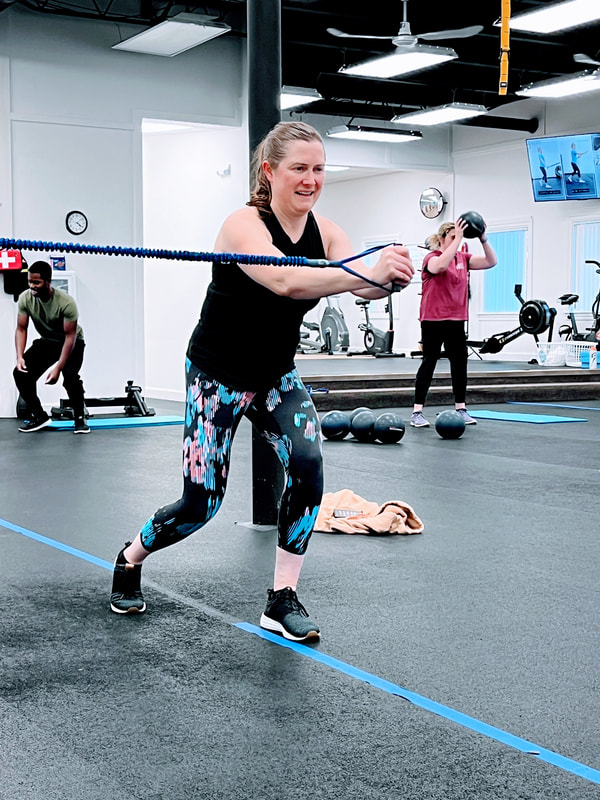
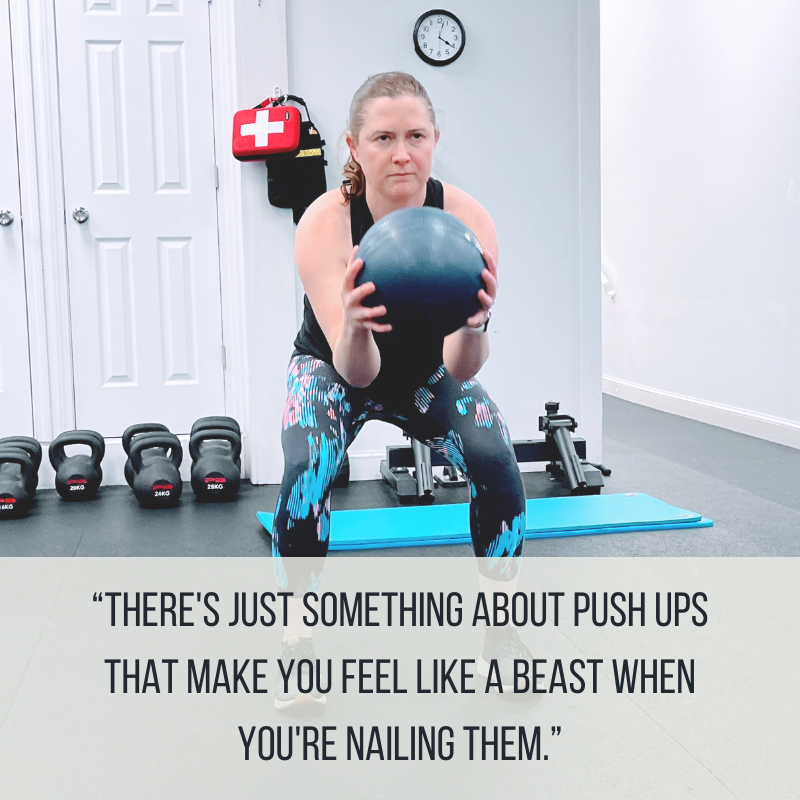
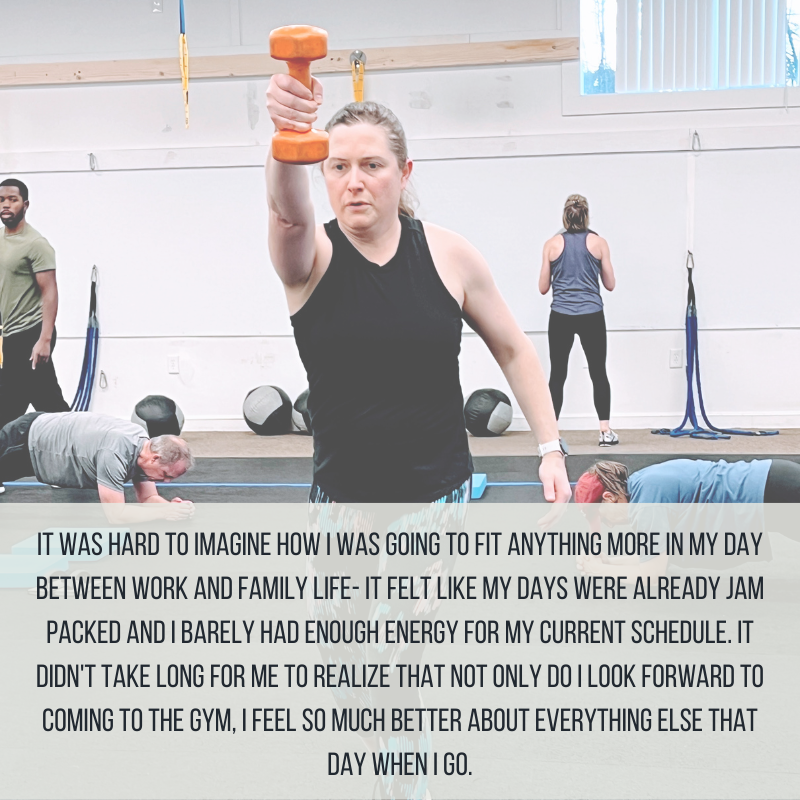
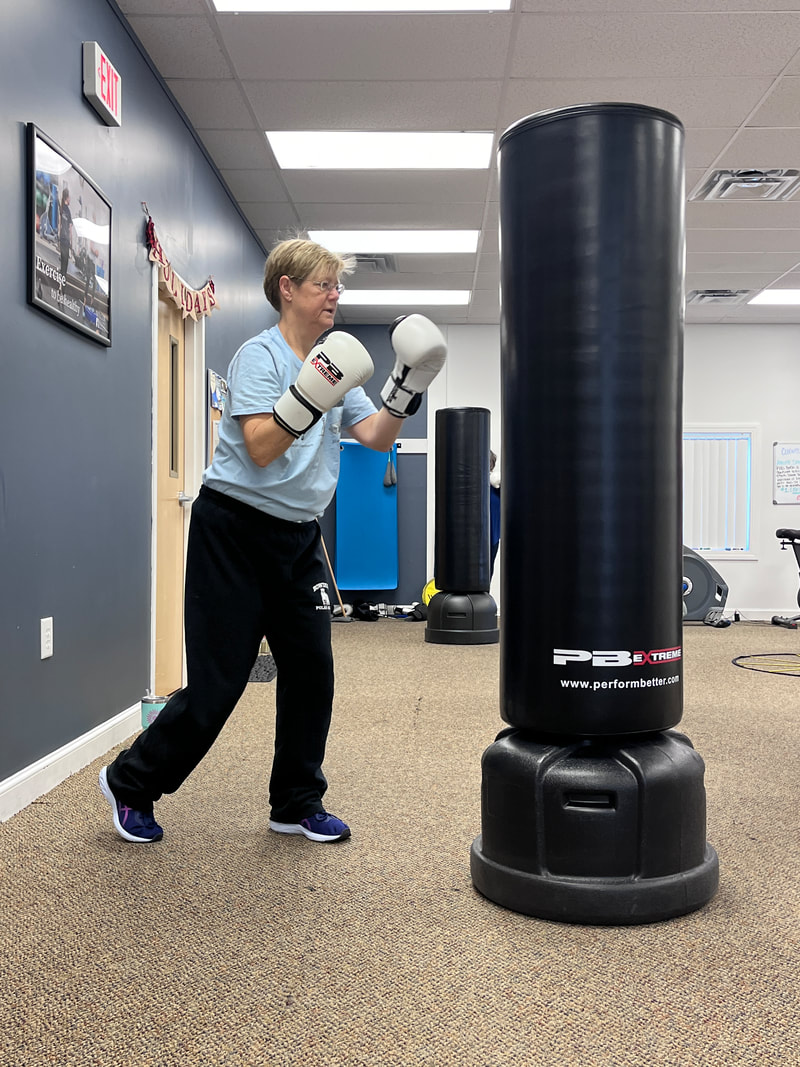
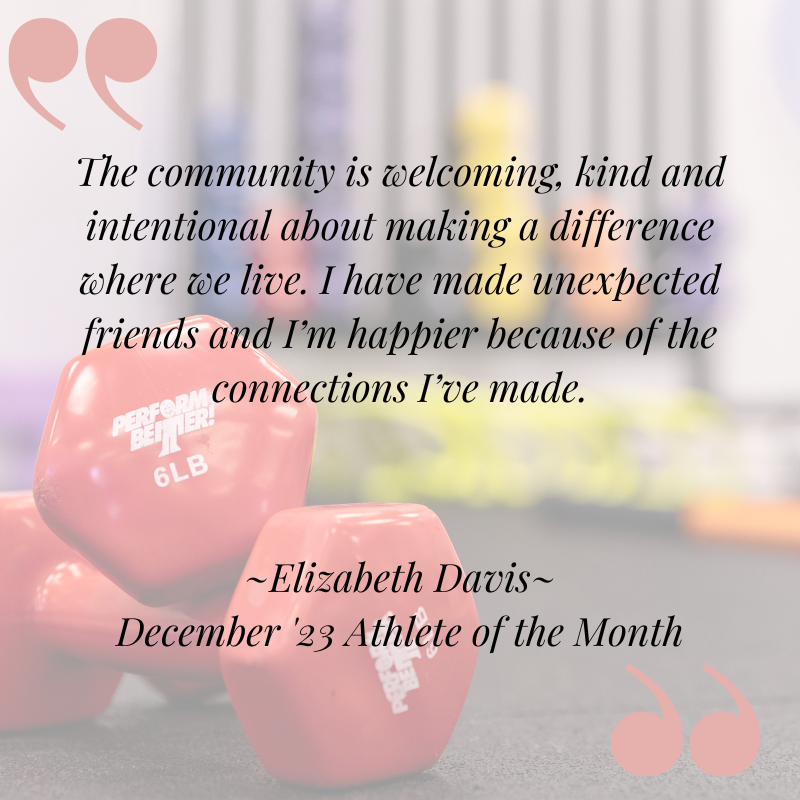
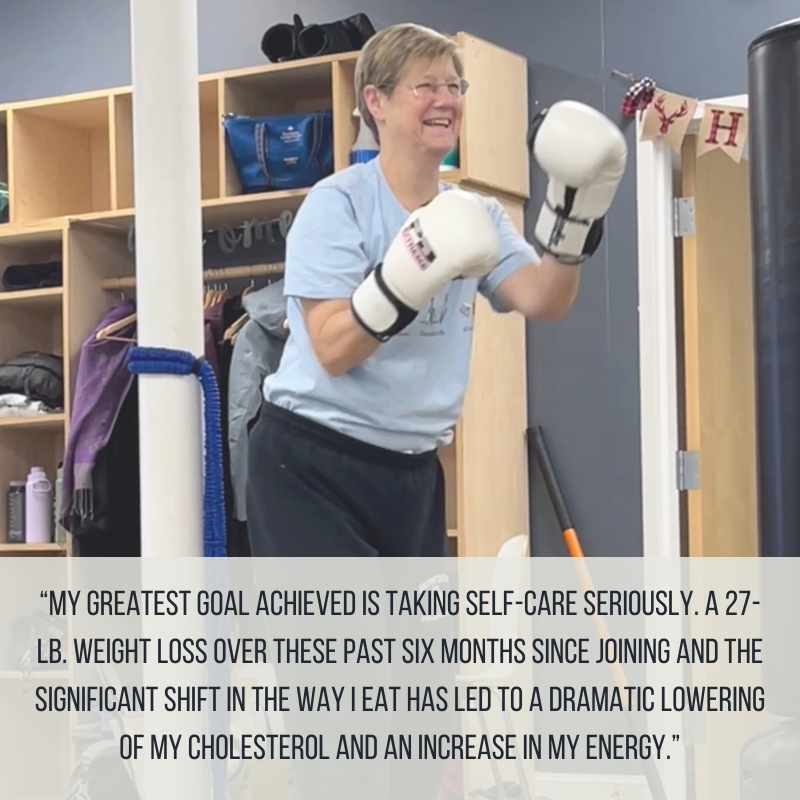
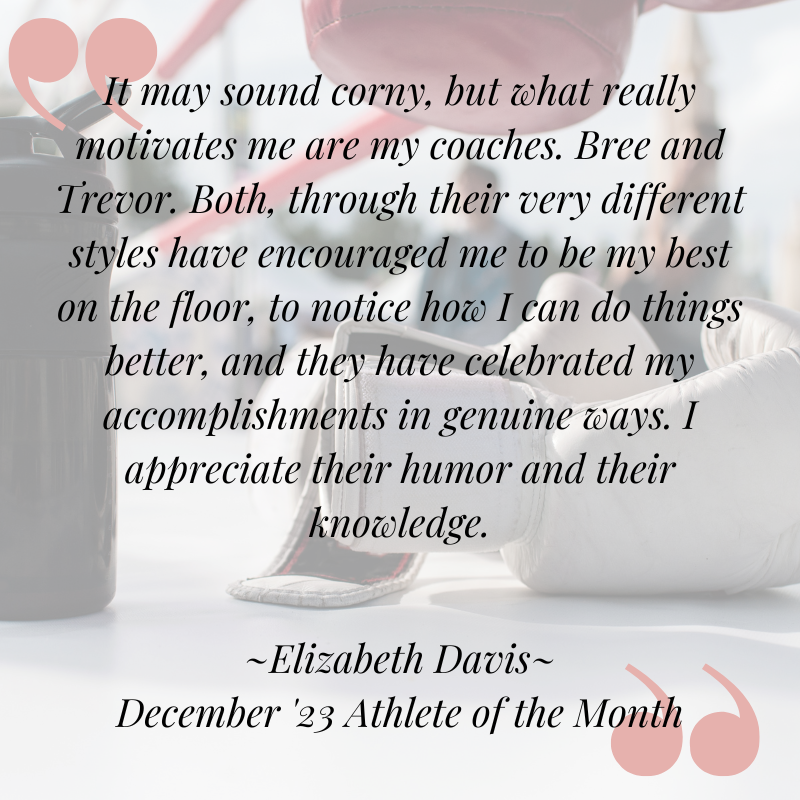
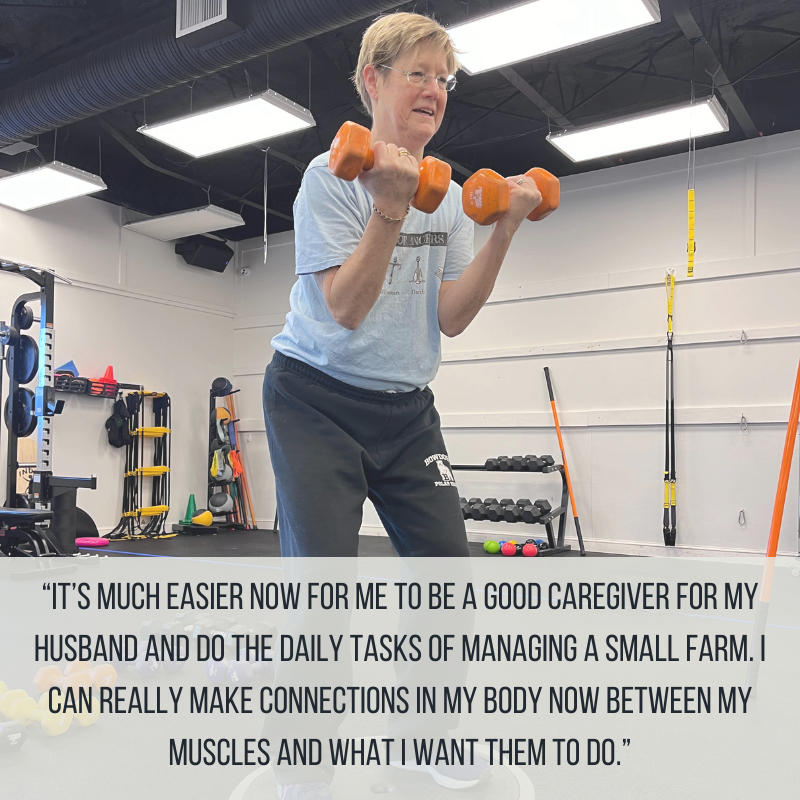
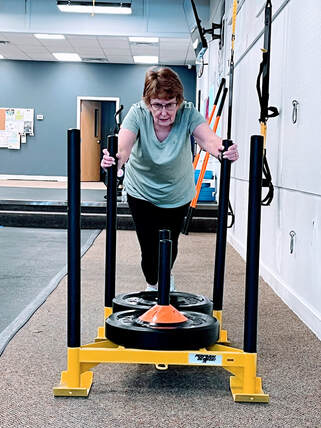
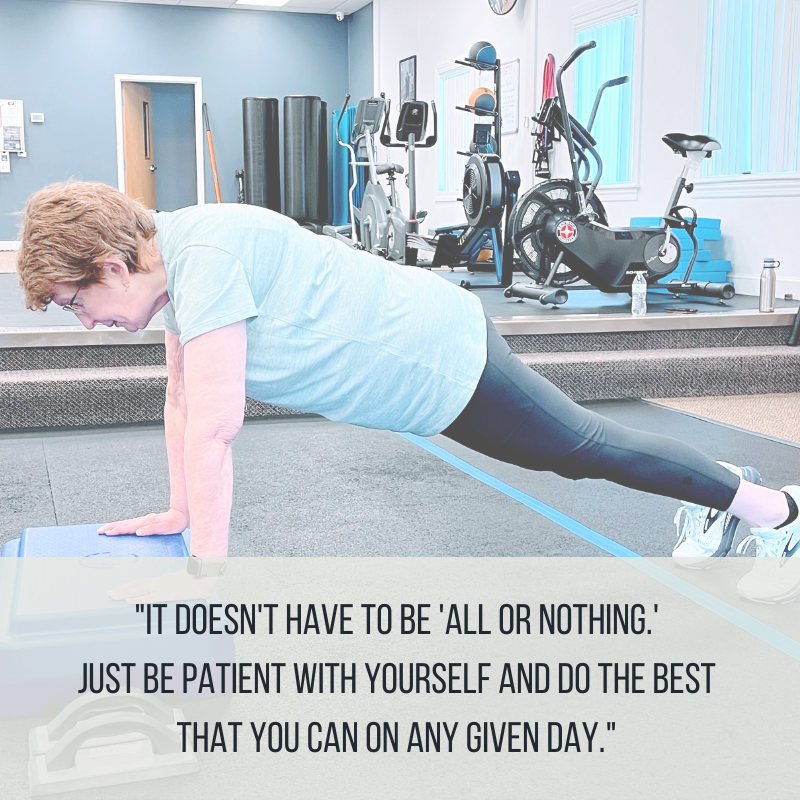
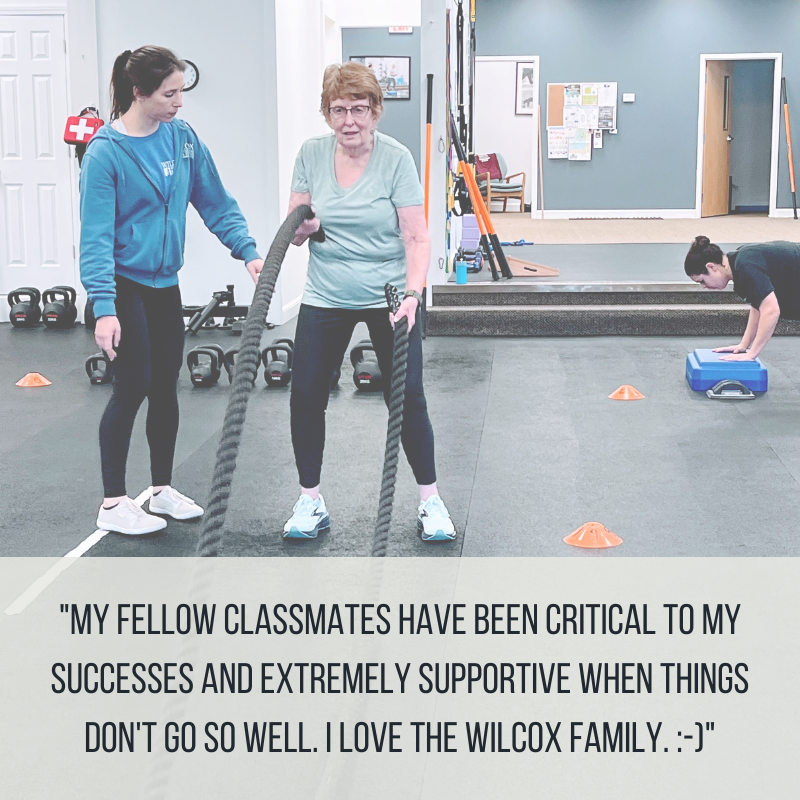
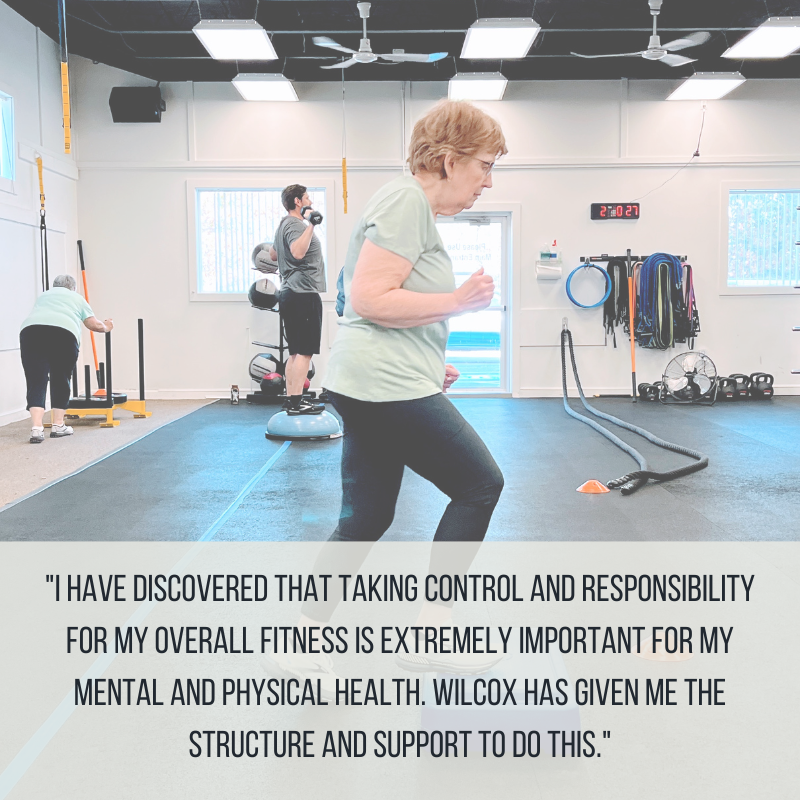
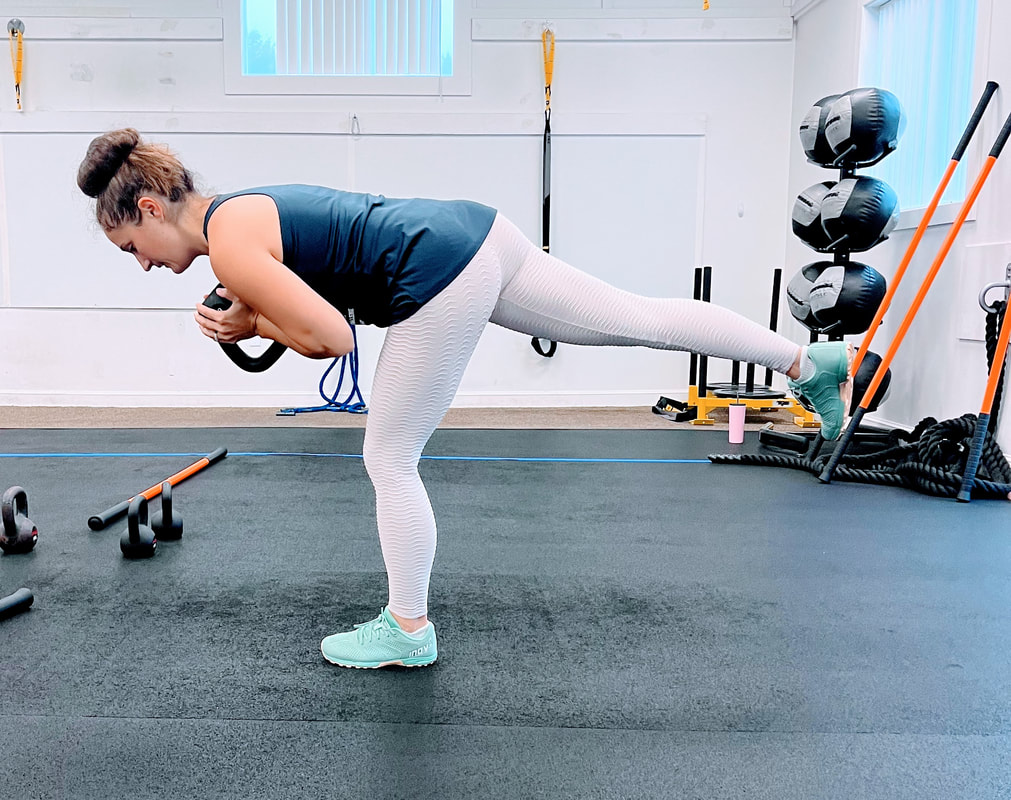
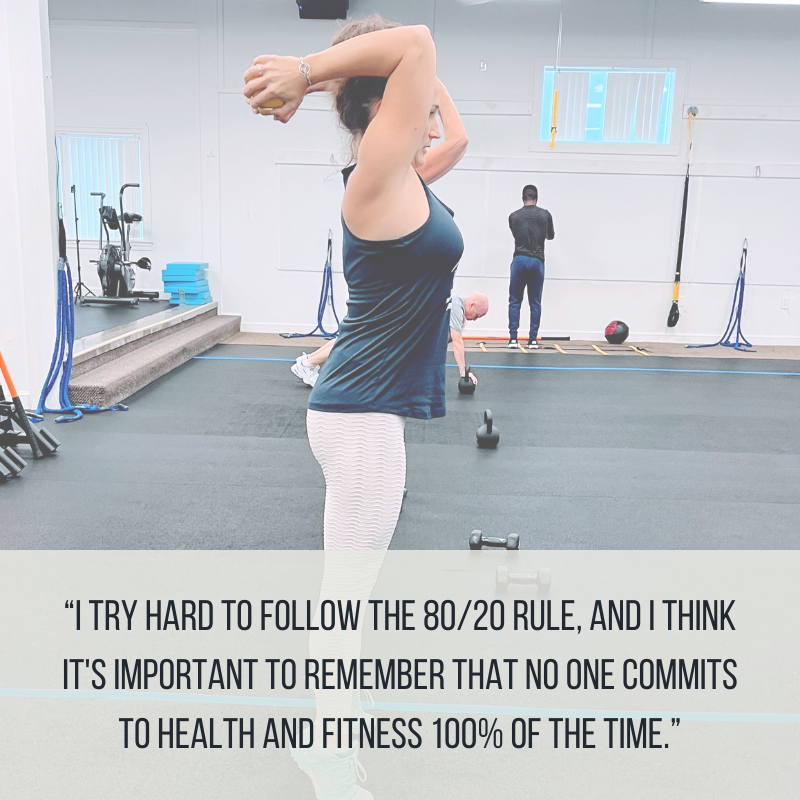
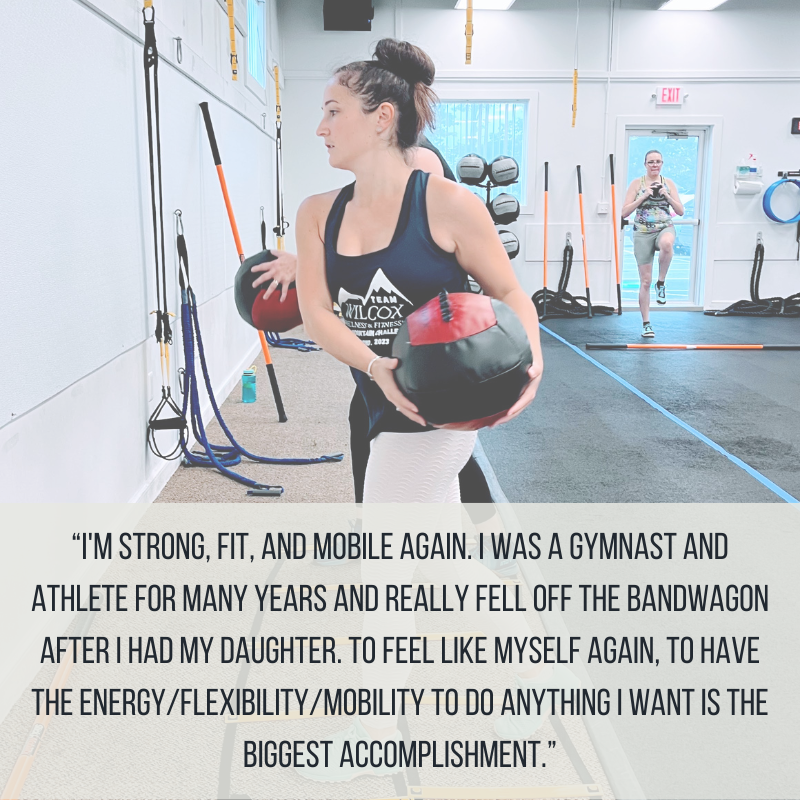
 RSS Feed
RSS Feed